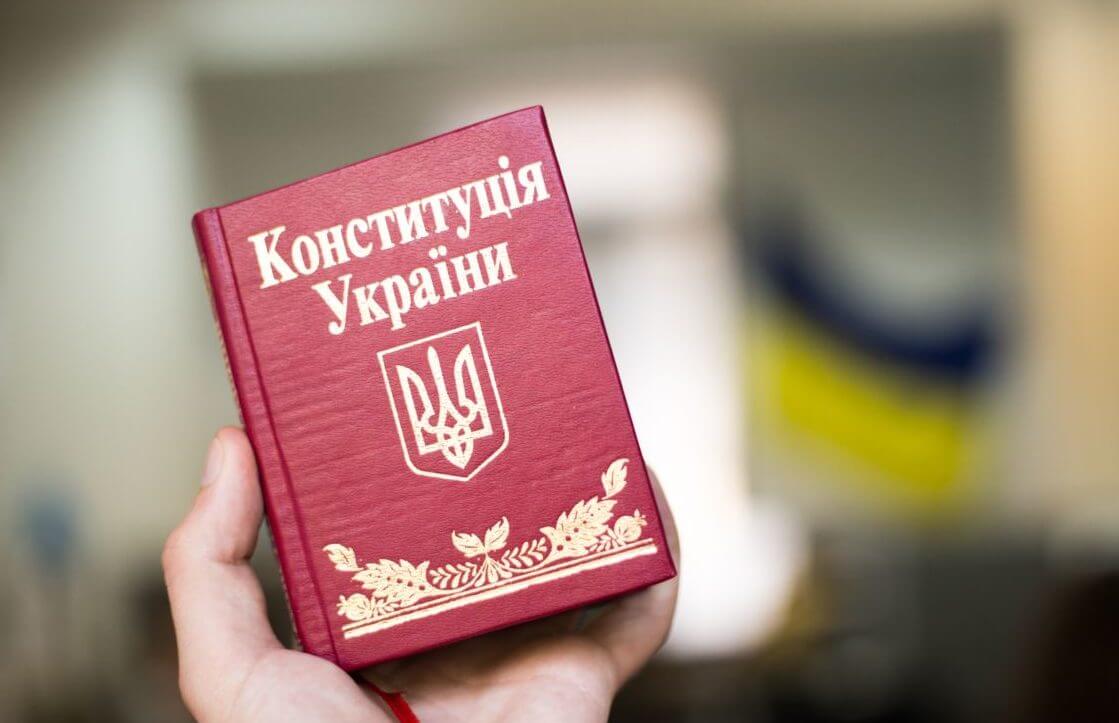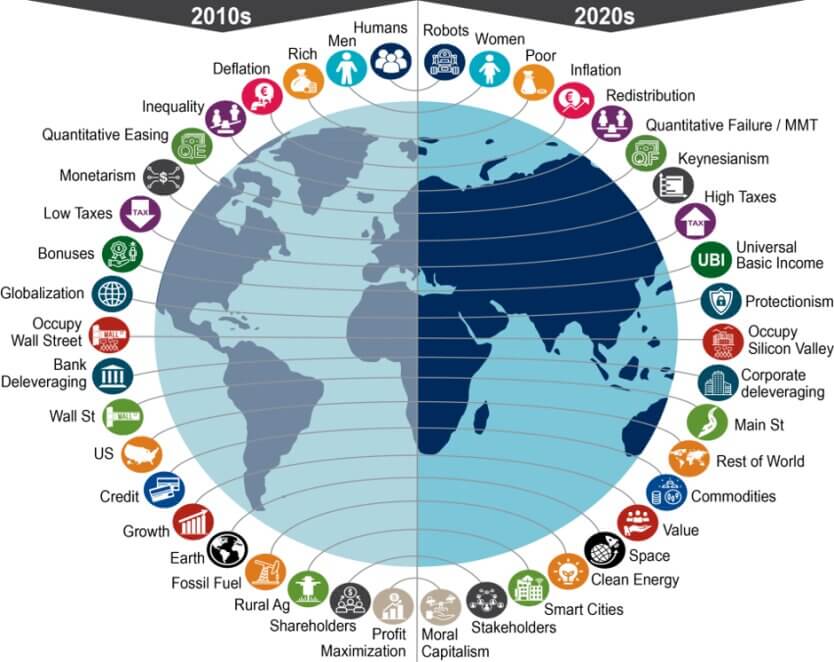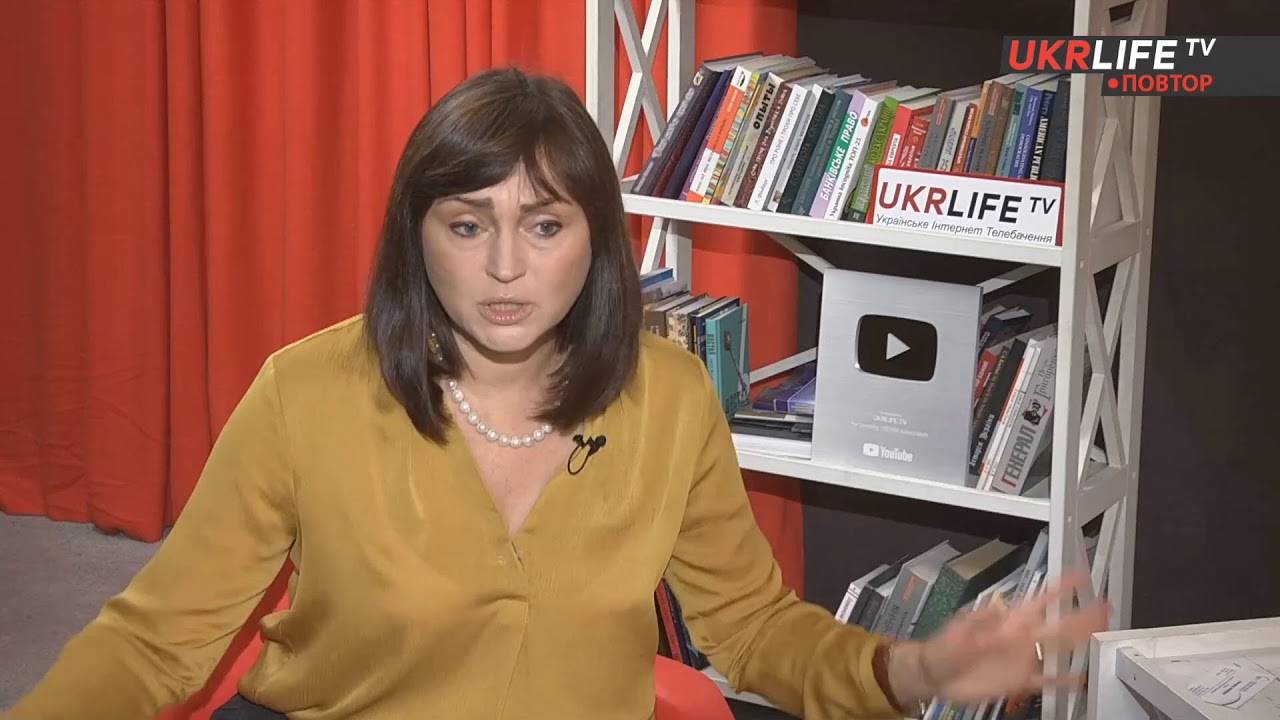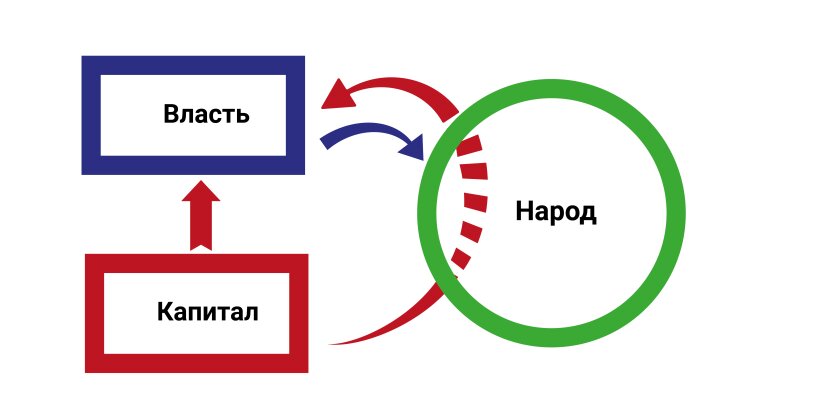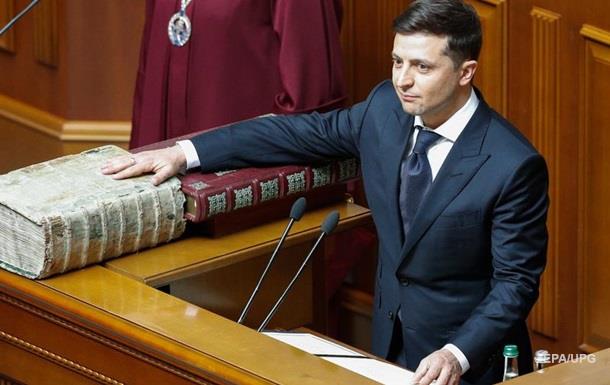By Vitaliy Kulyk
This issue becomes particularly relevant taking into account the transit potential of the country’s oil and gas transport system and the capacity of Ukrainian oil refineries. The only question is whether Ukraine can manage to use the available resources.
Wed Aug 2, 2006 10:45 PM
http://www.weekly.com.ua/?art=1154461425
Ukraine is a country suffering from a shortage of energy resources, as it can satisfy only 47-49% of its demands in energy resources — specifically, 10-12% in oil and 20-25% in natural gas using its own fuel and energy sources.
The length of Ukraine’s main oil pipelines is near 4,000 km with a transport capacity of 125 mn t of oil per year and 65 mn t of transit per year. The total production capacities of Ukrainian oil refineries are over 50 mn tonnes of oil per year.
A reduction in oil transit volumes in the Ukrainian oil transport system has been observed over the past year. In January-April 2006, the volume of oil pumped through the territory of Ukraine was 6.7% t less (0.762 mn t) than in the same period in 2005 at 10.61 mn t. Also, the transit of oil dropped by 3.6% (1.167 mn t) to 31.376 mn t, while the volume of pumping for domestic consumers fell by 31.7% (7.111 mn t) to 15.322 mn t.
Another challenge the Ukrainian fuel and energy sector faces is dependence on Russian oil supplies. That is why the government of Yuriy Yekhanurov had pinned high hopes on the implementation of the Euro-Asian Oil Transport Corridor project, which will link major oil deposits in the Caspian Sea with European countries.
The missing Caspian link…
Commercial oil reserves in region of the Caspian Sea amount to 30 bn t, while predicted reserves stand at 100 bn t. In Kazakhstan there are plans to increase oil output at the Tenghiz deposit to 30 mn t by 2010, while reserves of the new deposit at Kashagan are estimated at 1-7 bn t.
Such substantial oil deposits in the Caspian region give the Ukrainian government hope for possible involvement in a transport corridor linking Caspian oil deposits and European consumers.
Today, a system of Caspian oil transportation currently exists. Prior to 2006 Caspian oil was transported to Europe via the Baku-Novorossiysk and Baku-Supsa pipelines. Each of them supplies Azeri oil in the volume of 100,000 barrel per day. In addition to that, EU countries receive Kazakhi oil in the volume of 200,000 barrels per day via the Atyrau–Samara pipeline (Kazakhstan-Russia). However, these volumes cover only a small part of the needs of EU countries.
In 1995, the Azeri-Georgian railway corridor (TRASECA) was put into operation for increasing Caspian oil supplies. In addition to that, a powerful Russian export pipeline Tengiz-Novorossiysk was put into operation in March 2001. Also, construction of the Iranian pipeline Neka-Ray has been completed.
The launch of the Baku-Tbilisi-Ceyhan pipeline on May 29 is the latest stage of the project. Through it Azeri oil will be transported to the Turkish port of Ceyhan on the Mediterranean Sea.
The first 80,000 tonnes of Azeri Light oil was pumped into a British tanker even before the official commissioning of the pipeline. This is the first non-Russian project of oil transportation from the Caspian region into European countries.
Ukrainian experts believe that implementation of Baku-Tbilisi creates certain challenges for Ukrainian oil transport ambitions. Kyiv risks finding itself outside of the oil transport routes that carry Caspian oil to Europe.
This also applies to the Pivdenniy oil terminal near Odesa and the Odesa-Brody-Gdansk pipeline. The initial capacity of the Odesa-Brody pipeline is 9-14.5 mn t with 200,000 m3 in reservoirs. In the future, it is planned to increase the pipeline’s capacity to 40-45 mn t of oil per year with 600,000 m3 in reservoirs.
Based on preliminary calculations, oil transportation via Ukraine should be twice as cheap as it is through the Russian port of Novorossiysk and 2.5-3 times cheaper than through the Turkish Baku-Tbilisi-Ceyhan.
At the same time, in order to turn a profit, Ukraine needs to pump through its pipeline at least 6 mn t per year. UkrTransNafta, the state company created for the integration of Ukraine into the European transport system, does not have such a volume of orders.
In addition, the Polish stretch of Odesa-Brody onto Plock has not been built. From there, oil should be supplied to Austrian, German and Czech oil refineries.
Despite the fact that the EBRD is ready to allocate 500 mn euro and the EU – 2 mn euro for a technical and economic feasibility study, these amounts are clearly not enough.
During the last five years, Ukraine, Poland and the EU seem to have been playing a game; some two dozens of models of management of the pipeline have been tested from the creation of an international consortium to a concession. However, using the pipeline in the reverse direction turned out to be the only real option. Reverse use means pumping Russian oil from Brody to Odesa and loading it into tankers for shipment through the Bosporus Straits to consumers in the EU.
Experts believe that Ukraine has not only failed to find, but will unlikely find in the future, volumes of Caspian oil for filling the Odesa-Brody-Gdansk pipeline, even with technical oil.
Competitors
on the alert
Bulgaria has an alternative to the Ukrainian oil pipeline project. It plans to involve a terminal near Burgas (oil from Burgas goes through the territory of Macedonia to the Albanian port of Vlore and further on to Europe) witha a throughput capacity of 18 mn t (after reconstruction, the capacity will be increased to 25 mn t). The U.S. supports Bulgarian path of Caspian oil.
In addition to that, joint construction by Bulgaria and Greece of the Burgas–Alexandroupolis is being considered for the transportation of Azeri and Kazakhi oil from Caspian deposits to countries in southern Europe. The project envisages the construction of a 350-km pipeline to the Greek port of Alexandroupolis.
There is also a joint Romanian-Russia project (with the involvement of Lukoil) for the transit of Caspian oil through the Constanta oil terminal in Romania (the throughput capacity is 33 mn t). This oil should be supplied to European consumers through the Constanta-Trieste pipeline.
Since Lukoil owns a controlling share package of the Romanian oil refinery Petrotel near Constanta, the Russians are interested in fully loading the refinery. According to the latest version of the project, the route of the Constanta-Trieste pipeline goes through the territory of Romania, Hungary, Slovenia and Italy. In Trieste, the pipeline can be linked to the Transalpine Pipeline (TAL), after which the Austrian, German and Czech markets will be open for Caspian oil.
There is another project bypassing Ukraine, namely Kiyikoy-Ibrikhaba. The new pipeline should go through the territory of Turkey from Kiyikoy on the southwestern coast of the Black Sea to Ibrikhaba on the coast of the Aegean Sea. The length of the pipeline will be 193 km, while the cost of the project is estimated at US $913 mn. The planned throughput capacity of the pipeline will be up to 60 mn t of oil per year, both Russian and Caspian oil.
The Kiyikoy-Ibrikhaba pipeline can cut the number of intermediary countries in oil transportation. Since the potential of Odesa-Brody at maximum is the same as Kiyikoy-Ibrikhaba and oil from each of the pipelines will be pumped from tankers, the potential of both projects is equal.
It should also be mentioned that the Russian company TransNeft and the Turkish Anadolu Group have expressed interest in the project. In addition to that, representatives of TatNeft and TNK-BP became members of the working group of the project.
In competing for implementation of its project on Caspian oil supplies to Europe, Ukraine can rely only on itself. Having begun construction of the oil terminal at the Pivdenniy port and the Odesa-Brody pipeline, Ukraine has entered into competition for routes of Caspian oil transportation with Turkey, Bulgaria, Romania and Russia. Moreover, this competition deprived us of our strategic allies among super countries (U.S. and Russia) and regional leaders (Turkey and Iran).
That is why the future of the Odesa-Brody pipeline and the Pivdenniy terminal depends on the ability of Ukraine to play its own game regardless of the interests of Washington and Moscow.
